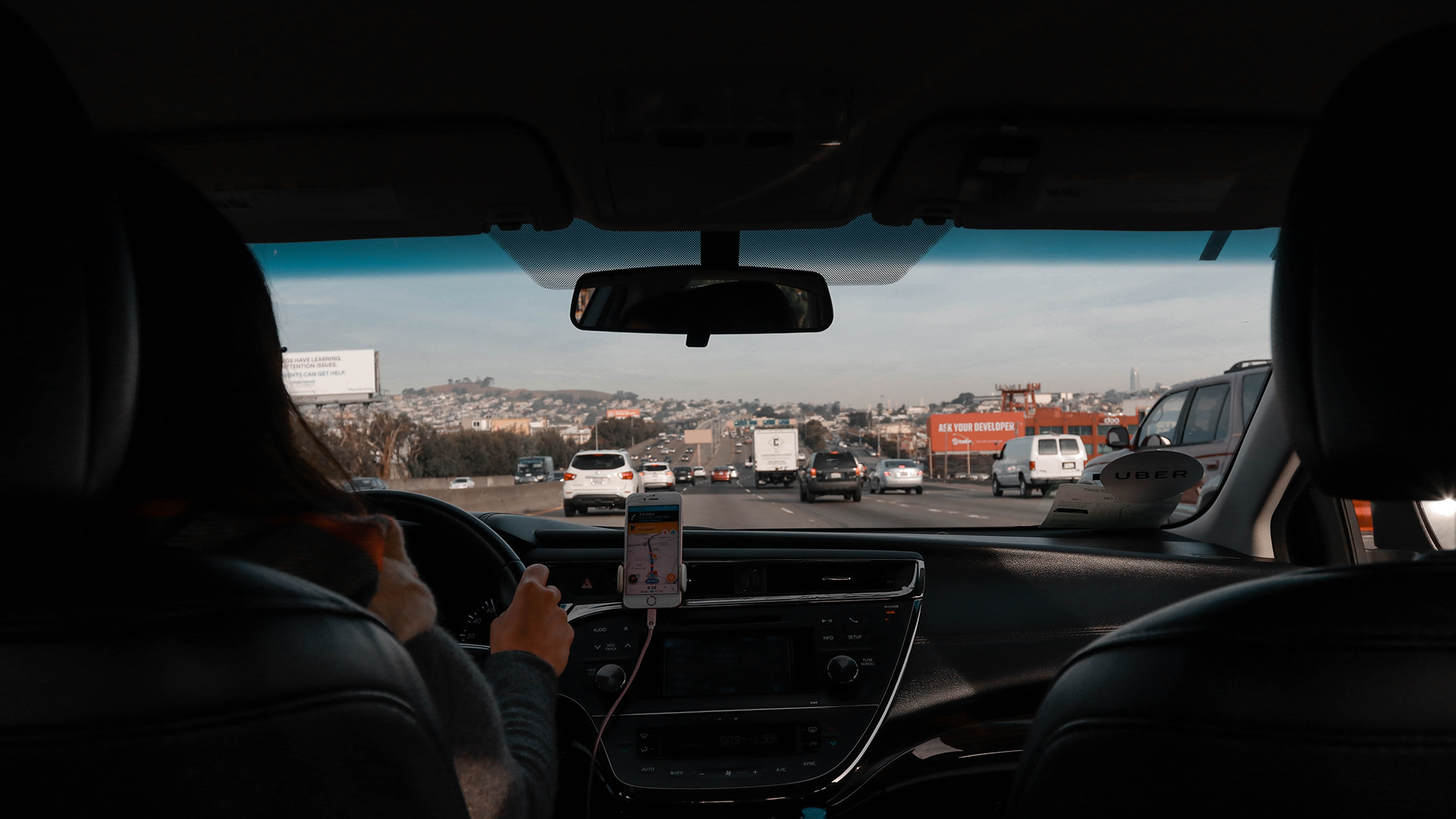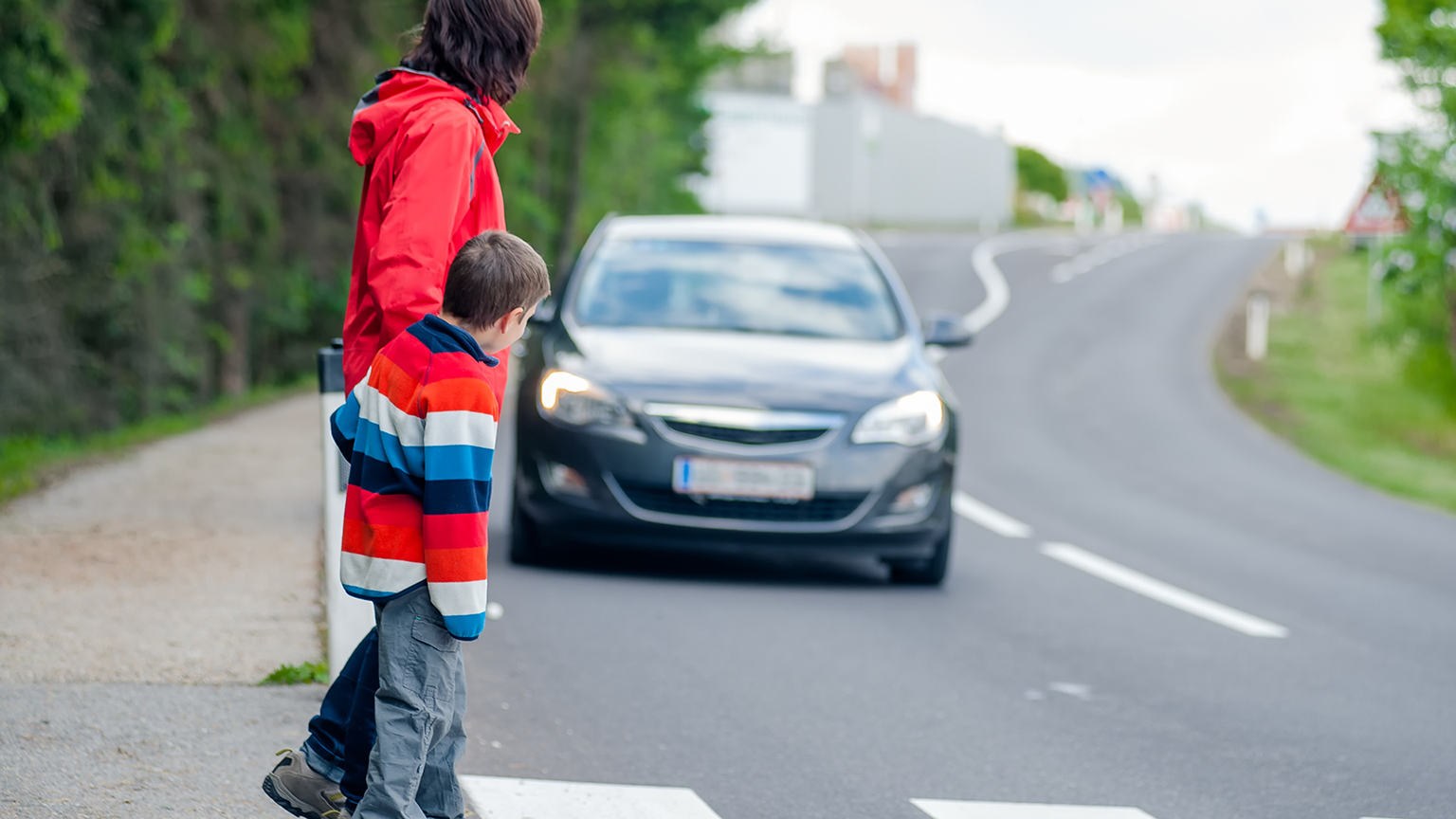October 6, 2021
How do you bring empathy into your work as a transportation engineer or planner?
I was recently in a project meeting that got my wheels turning about this.
This meeting stood out to me not because it was particularly unique-rather, because it’s the kind of conversation I’ve seen play out dozens of times.
For this particular project, we were reimagining a street that was very much not complete. Among other safety hazards, the street offered few safe crossings. The alternative on the table would add a few intersections with pedestrian crosswalks and potentially remove a lane of automobile traffic. But it was being contested because of the delay it would cause drivers.
I noticed the language the team was using-describing people walking as “they” and “them,” with fairly emotionless language and a seemingly agreed-upon expectation that pedestrians should not be upset by having to walk a little further to get to a signalized crosswalk. Yet when they discussed the possible inconveniences to drivers, it was clear to me these engineers saw themselves in the driver experience and empathized with the frustration of the delay.
Then I heard the statement that has stuck with me: “I feel scared about removing a lane of traffic.”
Not hesitant. Not even concerned. Scared. That’s a powerful word.
I thought to myself, how different would this conversation be if someone was scared about the pedestrian experience? “I’m scared for the people who don’t have options to safely cross the street.” “It would be really frustrating to have to walk to the next intersection.”
I share this example not to call out this specific project. This group was simply doing what we all do every day: evaluating ideas based on our own experiences. I share it because, as I stated before, it’s the kind of conversation that happens all the time. And I believe that once you start listening for it, you can hear it everywhere.

Our ability to empathize with a transportation experience is largely dependent on our own transportation habits.
We Bring Our Experiences Into Our Work
As transportation engineers, especially consultants, we are taught to be objective in our decision-making.
While I believe that asking questions, examining as many perspectives as we can, and looking to data gets us pretty far in arriving at a balanced solution, I also believe that none of us has the ability to be fully objective.
It’s part of being human. People who drive to work empathize with the experiences of drivers. People who walk to work empathize with the experiences of pedestrians. I choose to bike, meaning I more easily sympathize with the bicyclist experience.
Our ability to empathize is also affected by the experiences we don’t have. For example, I’ve never driven a truck. Unfortunately, I feel quite certain this has caused me to downplay the concerns of truck drivers on streets without understanding their biggest pain points.
This is problematic because in addition to making unknowingly biased decisions, we don’t intuitively understand why a particular solution might be unsafe. An example is removing a crosswalk near a bus stop. Engineers who don’t ride the bus themselves might not see this as a major issue. Engineers that do ride the bus understand that the cost of missing a bus can be very high, especially when it’s a bus that only arrives every 20 or 30 minutes. Statistics show that too often, fatalities occur around bus stops with no crosswalks because of people running across a busy street so they don’t miss the bus.
This behavior I’m describing, of course, goes beyond transportation engineers. It’s referred to as the “windshield perspective.” It has also been used to describe the point of view of police officers, politicians, and reporters. The bottom line is that for people who are used to experiencing the world from the seat of a car, it can be harder to understand (and empathize with) people who get around walking, biking, and riding the bus.
Our Guidelines and Standards Are Built on Empathy for Drivers
In addition to design decisions, empathy for drivers affects our industry’s guidelines and standards. Here are just a few examples:
- Speed Limits: It is often said that we can’t just lower speed limits without changing the design of a street because drivers will ignore the new speed limit signs. In fact, the most common method for setting speed limits on streets is to measure how fast vehicles are driving and set the speed limit at the 85th percentile. Here we are empathizing with drivers. It can feel uncomfortable to drive at a lower speed than the street’s design. I’ve not heard anyone point out that this is against the law and that it’s absolutely possible to drive at a lower speed. We understand how drivers will behave and set our rules accordingly.
- Clear Zones: We design our highways to be forgiving to a driver who makes a mistake and drives off the road. For example, many design guides will prohibit trees within a certain distance of the edge of the road. Yet we don’t provide the same forgiveness to a cyclist who might wobble out of their lane, or a child pedestrian who might step off a curb. Not to mention that the guidelines allow us to put sidewalks with humans within the “clear zone.”
- Signal Warrants: Although traffic signals are an important safety tool for pedestrians, they can only be warranted based on pedestrian volumes if there is a very high number of pedestrians already crossing at a (probably) unsafe location. The warrants inherently prioritize the experience of drivers (minimize delay) while disregarding the experience of pedestrians (safety and delay not considered).

How Do We Increase Our Empathy?
Perhaps you’re thinking, Yes, this is true, but it’s easy to point out the issues. If none of us can be objective, what are you proposing we do?
It’s a fair question and I certainly don’t have all the answers, but I can share a few examples of where I’ve started to try:
1. Talk to people about their transportation experiences, particularly those different from your own, and take their perspective seriously. In Boston, we are designing safety treatments based on 311 complaints. If residents feel strongly enough about a challenge to raise a complaint about it, it means we should take it seriously. This often looks like asking a few questions to understand the problem behind the complaint. Often we’ll visit the place and recreate the concern to better understand the experience.
2. Know your blind spots. I’ll go back to my truck example. In recent years, since coming to the realization I had relatively little empathy for truck drivers (which is actually a very difficult job), I have made more effort to listen to truck drivers and talk to businesses who are serviced by trucks. I see it as important to make concessions for them. Compromises have come out of these efforts, such as making medians mountable, meaning cars cannot run over them comfortably (thus making them effective in traffic calming), but trucks can.
3. Experience your study area by all modes. Commit time to thinking about each mode employed in your study area. Ride the bus, talk to people who ride bus, bike through the study area, and drive through it. Some of our project teams in Florida have started conducting “multimodal safety audits” to improve on the traditional road safety audit approach. These audits include the same team walking, biking, and riding the bus along a corridor to better understand current safety conditions.
Ultimately, we’re looking to increase our understanding-followed by empathy-of the felt experiences of people who take all modes of transportation. It’s okay to be scared about taking out a lane of traffic. But let’s also be scared about bus stops that don’t have crosswalks, about pedestrians who don’t have a safe way to get across a busy street, about bicyclists who don’t have physical barriers protecting them from cars, and about truck drivers making tight turns.
Reach Out
This is the kind of topic we need to collaborate on as an industry. I’d appreciate your ideas and examples! Comment on our LinkedIn post to join the conversation, or even reach out to me directly. I’d like to keep learning, and I hope you do too.
